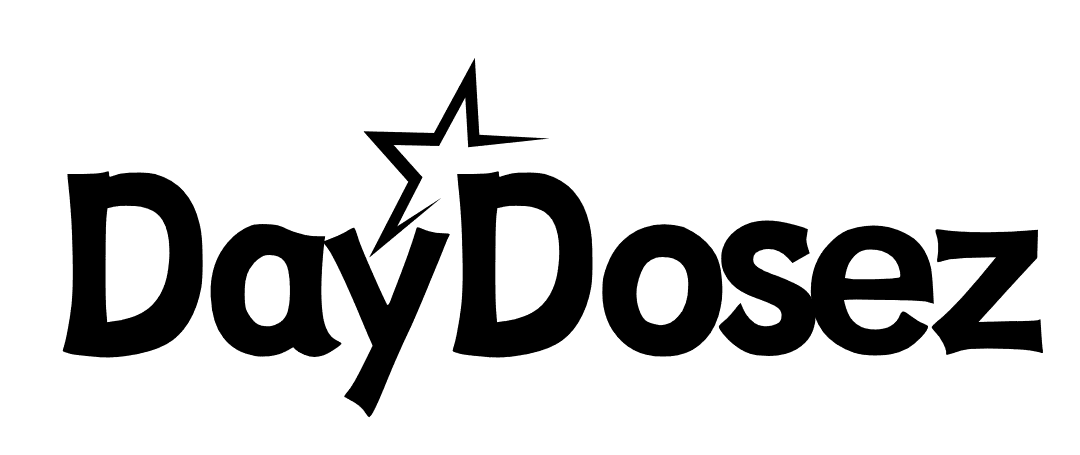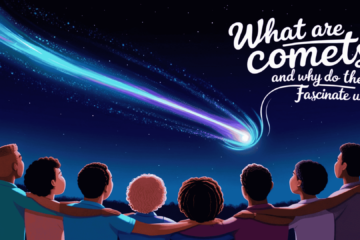In an abrupt change of diplomatic position, the Trump administration has been mentioned to be internally debating to provide Iran with huge sums of money as a drive in building its civilian nuclear energy industry, and grant them access to more than 30 billion dollars of blocked funds. According to the CNN International (2025) these discussions are part of a more inclusive U.S. approach to put Tehran back in the bargaining table against the backdrop of ratcheting tensions and recent use of military operations to destroy Iranian nuclear sites.
Four of the sources, who are knowledgeable about the case, have told CNN that the proposal being discussed involves the slackening of the sanctions, release of access to billions of previously frozen Iranian assets and possibly a formal term sheet, outlining United States terms, under which Iran may be willing to be renegotiating. The initiative is striking against the aggressive tone the Trump administration has taken on several occasions against Iran and its nuclear ambitions.
Economic incentives and preliminary Discussions
CNN International (2025) notes that internal negotiations within the White House involve consideration of the release of 6 billion of blocked Iranian funds, although when it comes to getting us Iran back on track to civilian nuclear science, more extensive deliberations involve putting up 2030-billion in financing to be made available to Iran. Those assets the state currently holds in foreign accounts because of international sanctions may be gradually released on the basis of certain diplomatic conditions.
An unspecified high-ranking official was quoted by Politico (2025), who referred to the discussions as being in a very preliminary stage and a variety of proposals were actively being shared among National Security Council members and economic advisors.
The main theme, according to analysts at the Carnegie Endowment for International Peace, seems to consist in building a nuclear infrastructure at civilian power production in Iran but without any enrichment of uranium, a red line in the eyes of the United States in any possible deal.
Washington and Tehran messages of contradiction
In a press conference, the president (Donald Trump) said that the U.S. and Iran talks could follow as soon as next week. Nevertheless, the officials of Iran shared a different story. Iranian Minstry of Foreign Affairs spokesman, Esmail Baghaei rejected that any negotiations were planned and claimed that there was no official report has been received in Tehran through the U.S. channels (The New York Times, 2025). As per The Washington Post (2025), experts believed that this kind of mixed story is usually a part of pre-negotiation stancing especially when both parties are juggling with domestic politics and external observation. Although U.S. diplomats were in a process of working out a proposed framework, no date or venue was yet to be confirmed, as further explained by CNN International (2025). There are a number of back channel mediators most probably European allies involved in arranging a potential meeting.
Clandestine Meets With Unpatriotic Military Attacks
CNN International (2025) also reports that what is even more surprising is that the talks continued even after the U.S. had been conducting targeted airstrikes in the Iranian nuclear facilities. These strikes, carried out only a few days ago were stated by Pentagon officials as, limited, strategic attack, to limit uranium enrichment efforts. This is described as a dual-track approach by Foreign Policy (2025), which includes the use of military marshal in an attempt to increase bargaining leverage, and also as a provision of a diplomatic off-ramp to Iran. According to U.S. defense analysts, such a strategy is similar to that of the previous encounters with North Korea as a matter of intention to have the fight itself to dictate the timing and tone of any negotiations. Nonetheless, the strategy is associated with much risk of escalation especially when the leadership in Iran views it as coercive instead of compromising.
Steve Witkoff and the Advocacy of Civilian-only Nuclear Infrastructure
One of Trump advisor Steve Witkoff has come out as a strong advocate of granting Iran helping in reconstruction of its civilian nuclear grid provided the program is not involving any enrichment work on uranium. According to the Bloomberg News (2025), Witkoff pointed out that the focus would be assisting Iran to generate clean energy with complete monitoring of the International Atomic Energy Agency but not increase capacities that can be weaponized. Axios (2025) suggests that concerns among several advocacy groups, such as the American Israel Public Affairs Committee (AIPAC), have been raised over this strategy. According to them, civilian nuclear technology which is not managed strictly may as well be diverted to serve military purposes. These parties are urging the Trump administration to insist on strict check and balance mechanism in any subsequent deal.
Political Situation in Tehran and the Pressure at home
The situation inside Iran is still strained. Although hardliners in the Islamic Revolutionary Guard Corps do not want to have any contact with Washington, there are increased public pressures as many people are struggling to cope with the situation of the economy. The Financial Times (2025) blames rising inflation and energy deficiencies as the cause of protests in several Iranian cities. With plummeting popularity and a conflicted political support base, President Ebrahim Raisi might consider his engagement with the U.S. as a possible tradeoff in order to salvage the economy. Even in the past couple of days, some Iranian politicians have shown that they could even concede in the third-party help in nuclear energy because as long as Iran has control of the activities. According to Al Jazeera English (2025), the members of parliament have started the discussion of draft documents on the way the international aid might be organized in the context of the domestic legal security.
Mixed Reactions across the Globe
The reaction of the international community about these new developments has been conservative yet supportive. According to BBC News (2025), Israeli officials have been highly critical of it as they cautioned that any financial or technical assistance to Iranian nuclear industry, however modest, would be destabilizing to the region.
On the other hand, French and German leaders have been happy with the possibility of thaw. According to The Financial Times (2025), the initiative has been lauded by the French president, Emmanuel Macron, who termed the move as a step towards regional security during a press event in Paris. In the meantime, the United Nations has warned both sides that the nuclear cooperation should be based on the Non-Proliferation Treaty (NPT). In his statement issued by his office, Secretary-General, Ant nio Guterres appealed to both countries to conduct clear diplomacy and resume full inspections by the IAEA (United Nations, 2025).
Possible Future Expectations
As CNN International (2025) puts it, administration representatives are working on a draft agreement, or a terms document, that can be circulated within the following days to Iranian intermediaries. According to the proposed framework, it is noted that this will include:
• Sanctions relief, which is extended gradually and subject to milestones of verification
• Observation of all nuclear installations by IAEA
• No uranium and no plutonium reprocessing
• Stagged availability of up to 30 billion dollars of blocked payments
Moreover, according to Politico (2025), the Trump administration is considering naming a special envoy to Iran whose responsibilities will be to keep diplomatic back-channels open, and engage with European partners.
According to the opinions mentioned by The Atlantic (2025), analysts think that the present attempt is a unique chance to rebalance the relations between the U.S and Iran, even though there is unpredictability and criticism. When conducted in the right way it would set a new diplomatic benchmark, one based on energy cooperation in place of energy conflict.
Conclusion
What looks more like a U-turn is the secretive interaction with Iran in the Trump administration, where it was discussed the possibility of economic incentives to the country and the cooperation in the field of nuclear. When Iran, in what can only be described as an infant-stage proposal, made the offer to open up between 10 and 20 billion (under vigilant non-proliferation conditions) into its civilian nuclear industry, it is very likely that a new wave of diplomacy is around the bend. It is to be seen whether this initiative will end up being trendy or collapse into political corners. Yet with both countries experiencing domestic turbulence, global condemnation and regional security concerns, the mere chance of a cautious conversation is indeed a significant event in a geopolitical region otherwise dominated by tension.





